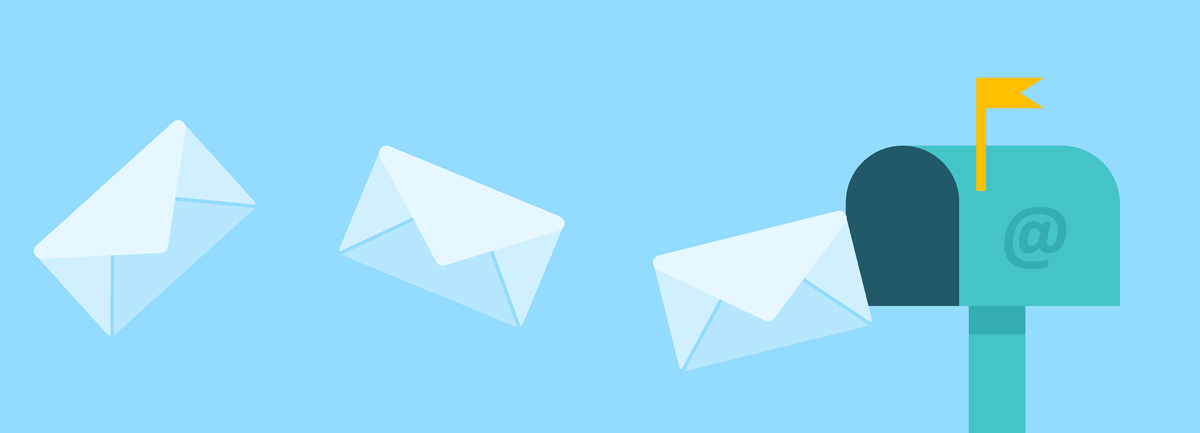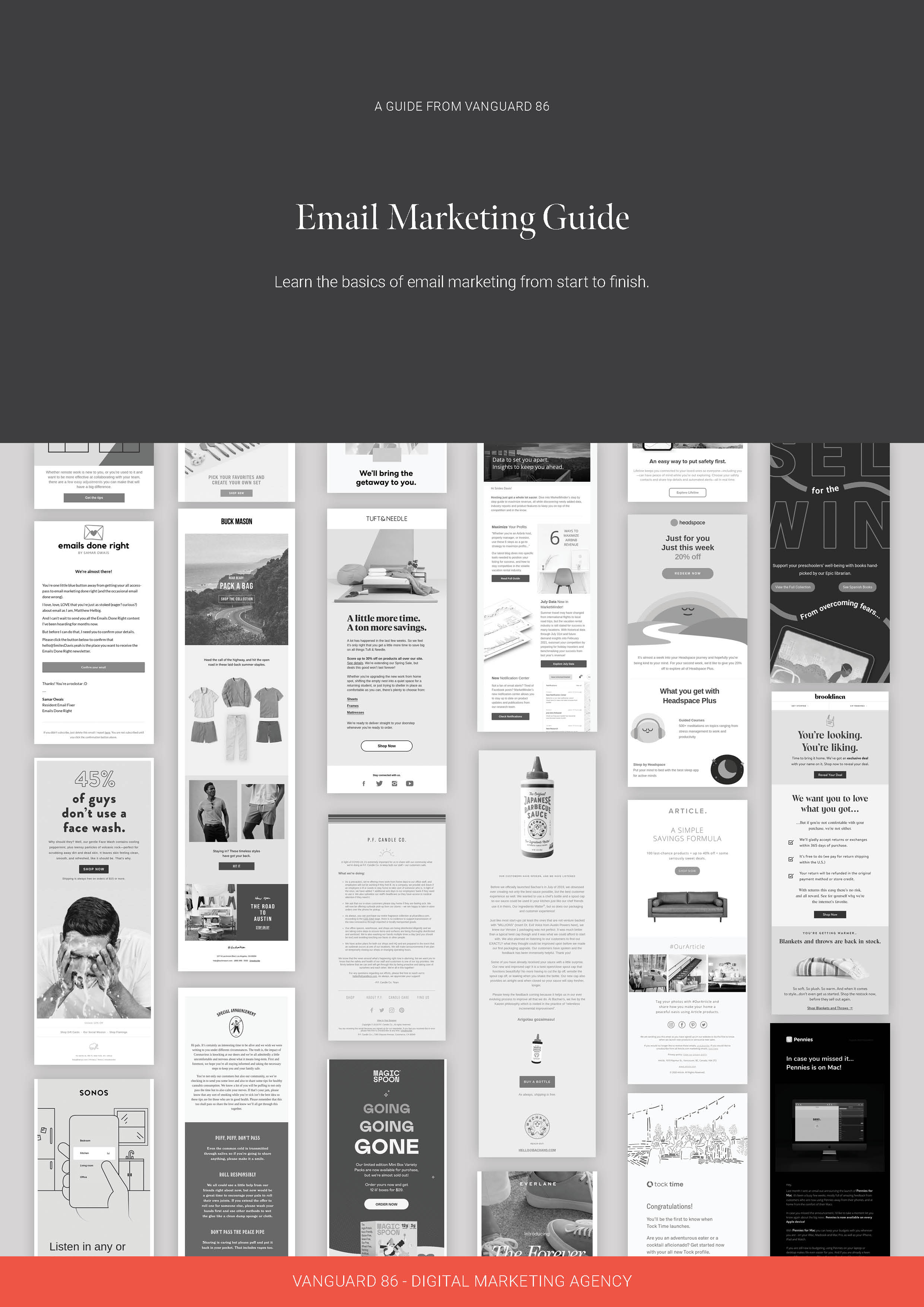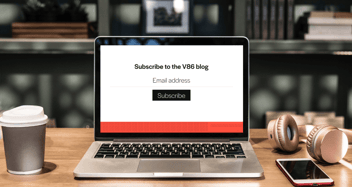Why your emails might be going to junk
Email marketing is an incredibly important part of your marketing toolkit. Not only is it a great way for you to re-engage with existing customers but it's a very powerful channel for nurturing new contacts into becoming customers.
Whether you're starting your first email campaign or moving from one email sending platform to another there is a risk that your first email to a database of contacts will cause future emails to end up in people's junk folder.
What is junk mail?
Junk mail includes emails that end up in the spam or junk folders of the recipient, are generally unwanted or irrelevant.
.jpg?width=1920&name=spam-964521_1920%20(1).jpg)
The reason for this is a little-known technical feature which results from sending emails from a new ISP (internet service provider) and is a part of providers, like Gmail and Outlook, doing their very best to stop their customers from being spammed with emails from junk senders. It's called sender reputation and dictates how likely it is for your IP to be flagged as a spam sender.
Sadly this means businesses sending valued emails to their contacts can suffer. If, after years of sending emails from Mailchimp, HubSpot or SendGrid you decide to switch to another provider then you need to be wary of dangers of sending from a cold IP. You should also be aware of a few common mistakes businesses make which cause their score to be reduced.
You can also see your email deliverability fail over time as you fall foul of email best-practises. Below we'll look at what your sender reputation is, why it could be falling and what you need to do to improve it.
What is a sender reputation?
As a sender of mass emails you are going to have a sender reputation score. This score as an algorithmic calculation used by ISPs to determine whether you are a spam sender, or a genuine sender. A poor score will result in lower email deliverability as emails go straight to junk and trash folders instead of inboxes.
There's no single score as each ISP will rank an IP based on their own calculations. This means your business may have a different score with different providers however there are a number of factors that can reduce your sender reputation which are addressed below.
Platforms like SendGrid give you an estimated sender reputation score, which makes it easy to see if you're complying with email send best practise but this is a rough guidance, and not your actual score with different providers.
Which factors can impact my sender reputation?
There are a multitude of factors which can improve or reduce a business's sender reputation, these include:
- Frequency of email
- Spam reports
- Hard Bounces
- Recipient actions such as opens, clicks, deletes and shares
- Sending to unengaged contacts
- Sending from a cold IP
Luckily there are a few best practices that you can deploy to improve your sender score, and keep it healthy.
 How can I improve my sender score?
How can I improve my sender score?
There is no quick fix here and only by genuinely improving sending efforts will you see the results you're after. There's no special list you can buy your way onto and no shortcut hack. However, following these steps will take you a long way to improving your email deliverability.
Warm up your IP address
When you send your first email from a new provider make sure you warm-up your IP address. This means sending to a small group of highly engaged contacts first then slowly opening up sending to your entire database.
Sparkpost recommends sending your first email to 500 of your highly engaged contacts in the first 24 hours before opening up to more, less engaged contacts over the following days.
Don't send to unengaged contacts
Because engagement is one of the known factors to influence sender reputation you can help your cause by dropping unengaged contacts from your mailing list. Some systems, like HubSpot, do this automatically by suppressing contacts that haven't opened any of your last 10 emails.
Create engaging emails
Building on the subject of engagement it's important that you create emails that inspire engagement. As opens, clicks and actions are an influential factor in your sender score making sure your emails engage with your audience will help.
Don't send to cold email lists
Without wanting to flog the engagement horse dead sending to a cold email list significantly increases your chance of low engagements and receiving an increase in spam reports. Avoid this by only adding engaged contacts to your database that have indicated that they want to receive emails from you.
Clean your database
Frequently suppressing bounces will help increase your deliverability. This means putting contacts that are a hard bounce into a suppression list or deleting them entirely as their email address is invalid and monitoring your soft bounces to ensure they don't become an issue through repeated bounces. Learn more about the difference between hard and soft bounces here.
Email marketing can be a very under-utilised weapon in gaining more website traffic and nurturing contacts towards becoming customers. It's very useful in converting sales through abandoned cart emails and by educating people on why your customer is awesome thanks to lead-nurturing workflows using email.
Learn more about email marketing and how you can squeeze the most from it by downloading our free email marketing guide.
Download the Ultimate guide to email marketing
Learn the basics of good email marketing from planning to crafting and measuring results.
Download now

.jpg)


